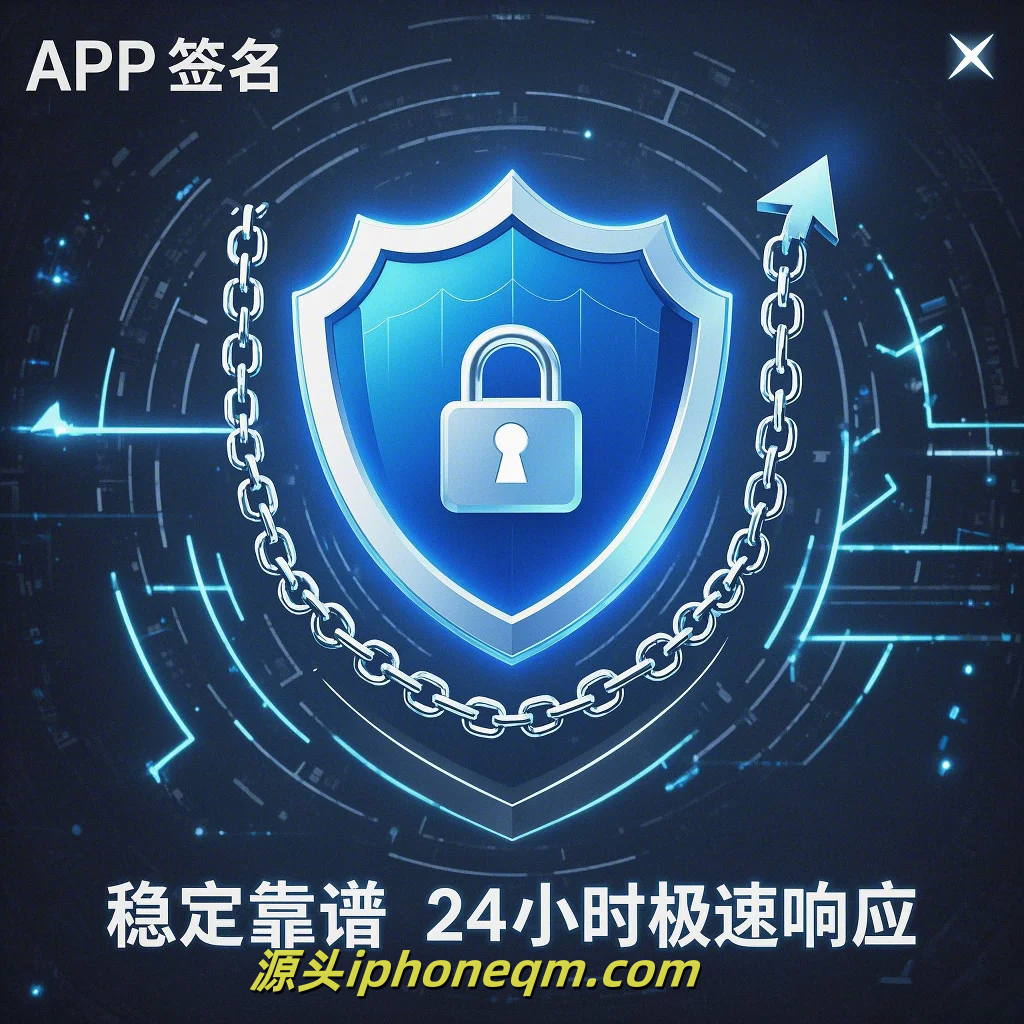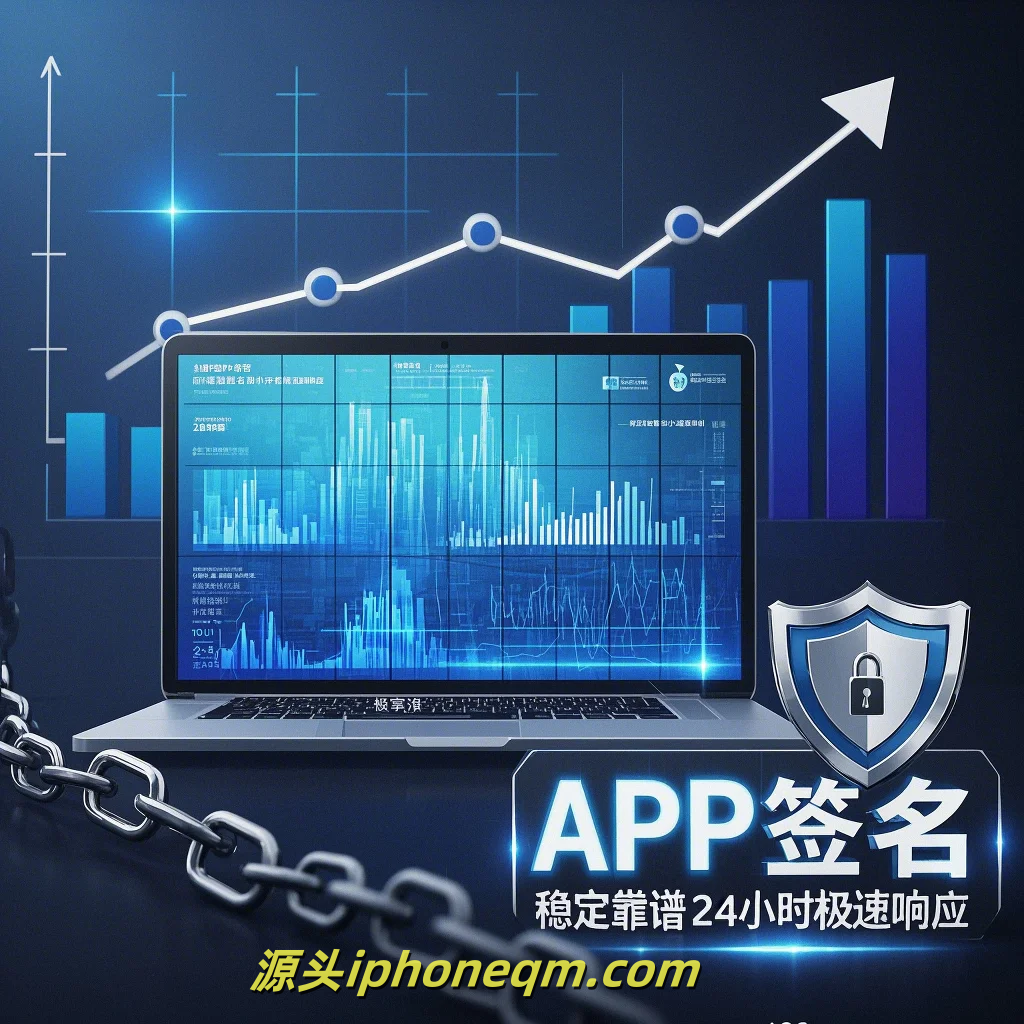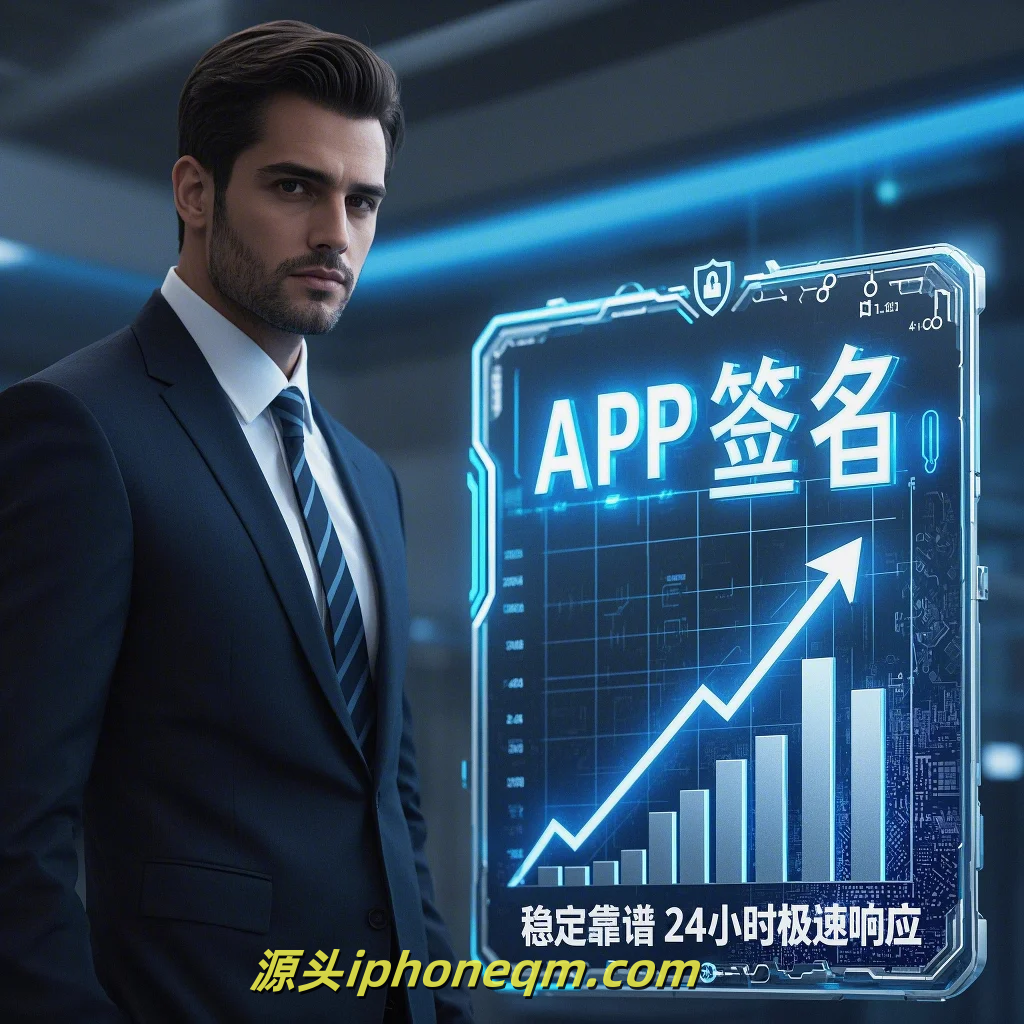Quick Guide to iOS App Signing
In today's digital landscape, iOS app signing is a crucial process for developers looking to distribute their applications, whether through the App Store or enterprise distribution. Understanding the intricacies of app signing can seem daunting, especially for newcomers. This guide aims to break down the essentials of iOS app signing, highlighting key components and processes that every developer needs to know.
Firstly, what exactly is app signing? In the simplest terms, app signing is the process of digitally signing your iOS application code with a certificate issued by Apple. This process assures users and the operating system that the app has not been tampered with since it was signed. Consequently, it plays a crucial role in maintaining the integrity and security of applications.
To begin the app signing process, developers need to enroll in the Apple Developer Program. This program provides access to necessary tools, resources, and certificates. Upon subscribing to the program, developers can create App IDs, which are unique identifiers for their apps. App IDs can either be explicit (for a single app) or wildcard (for a group of apps). Understanding these concepts is vital, as they lay the foundation for app signing.
Next, developers must obtain the appropriate signing certificates. Apple provides several types of certificates, including development, distribution, and enterprise certificates. Development certificates are used during the app development and testing phases, allowing apps to run on devices registered in the developer’s profile. Distribution certificates, on the other hand, are used when submitting apps to the App Store or for enterprise distribution.
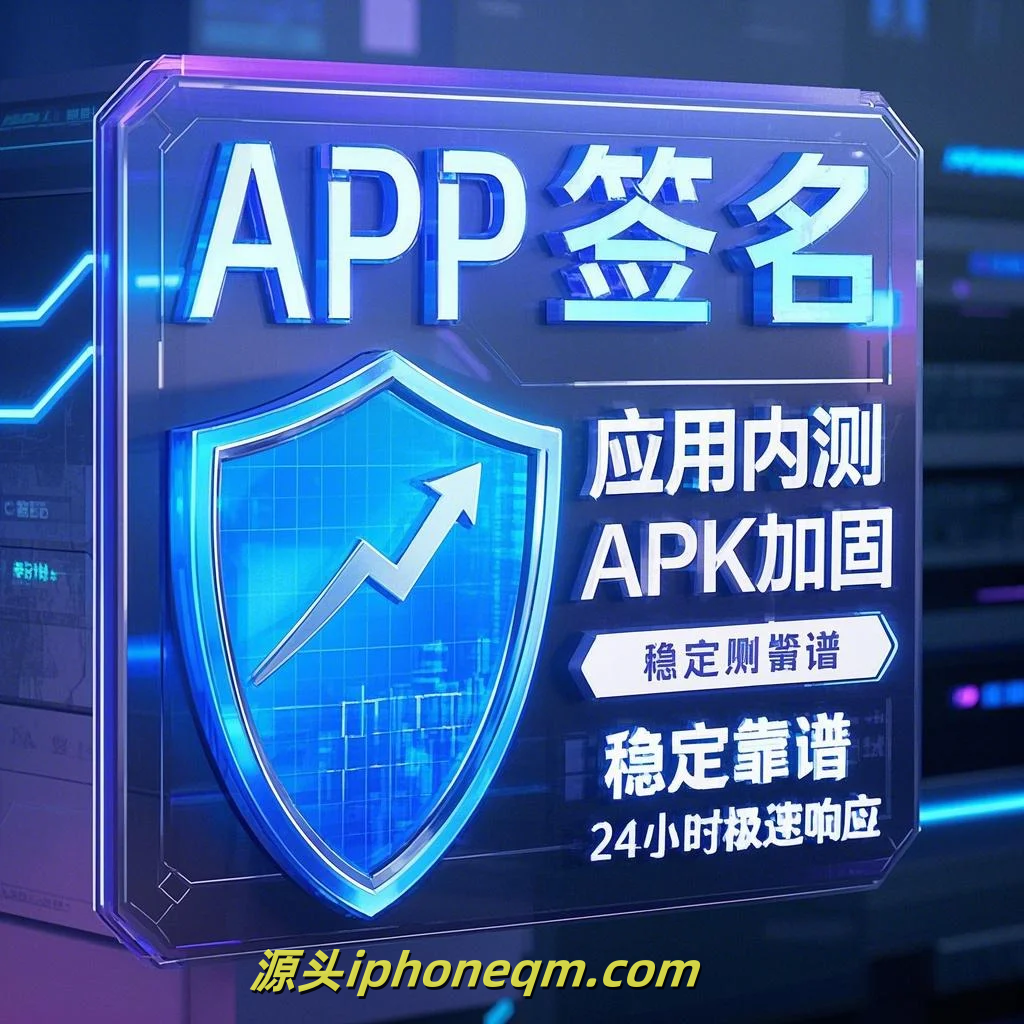
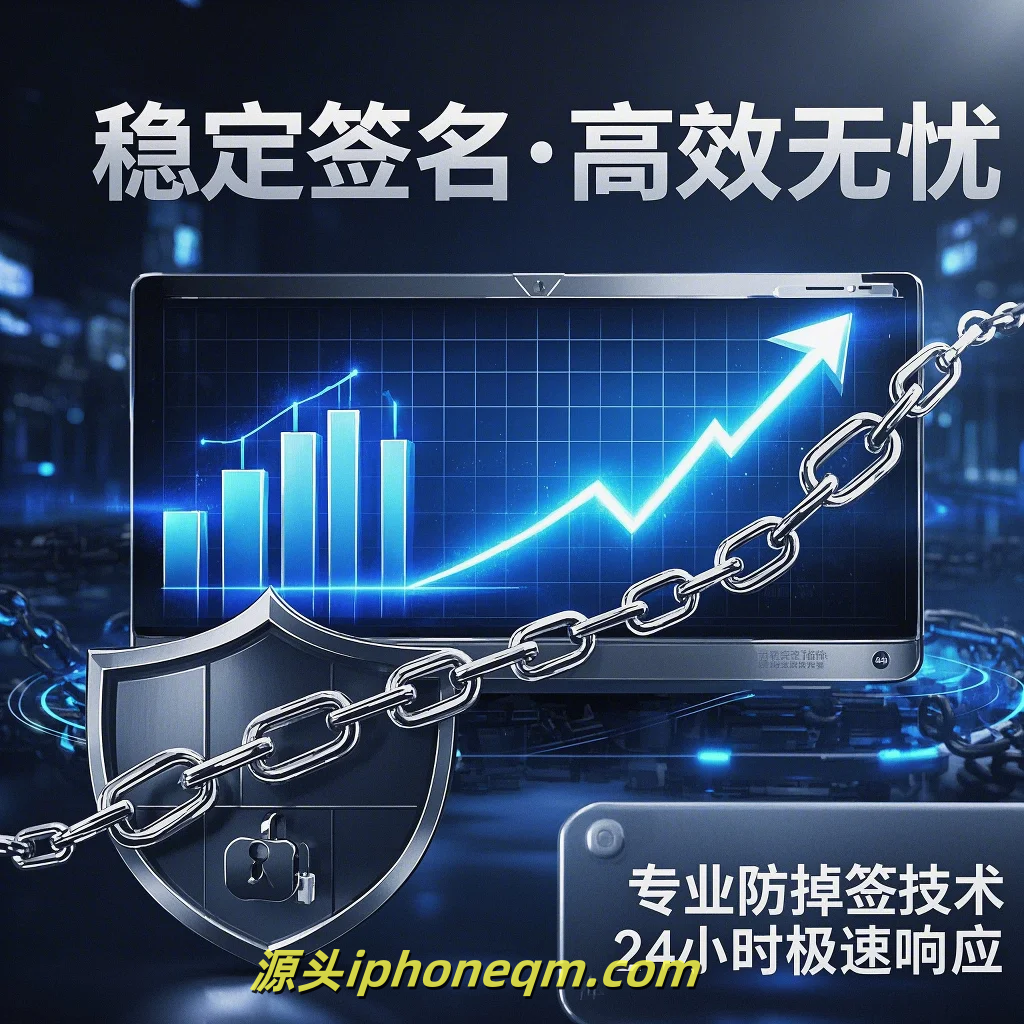
After acquiring the necessary certificates, developers need to generate a provisioning profile. A provisioning profile links the App ID, signing certificate, and device ID and is an essential element of the signing process. There are three types of provisioning profiles: development, ad hoc, and App Store. Each serves a different purpose, and understanding which one to use in different scenarios is essential.
Once the certificates and provisioning profiles are all set up, developers can proceed to sign their applications. This can be done using Xcode, Apple's integrated development environment (IDE). When a developer builds their app, Xcode automatically signs it with the specified signing certificate and provisioning profile. It ensures that the app adheres to Apple’s security and distribution guidelines.
It’s important to note that signing isn’t just a one-time effort; it’s essential to keep certificates and profiles up-to-date. Apple regularly updates its security protocols and tools, which may require developers to renew their certificates or adjust their provisioning profiles. Failing to maintain valid signatures can result in issues such as app rejection during the submission process or a loss of functionality in existing apps.
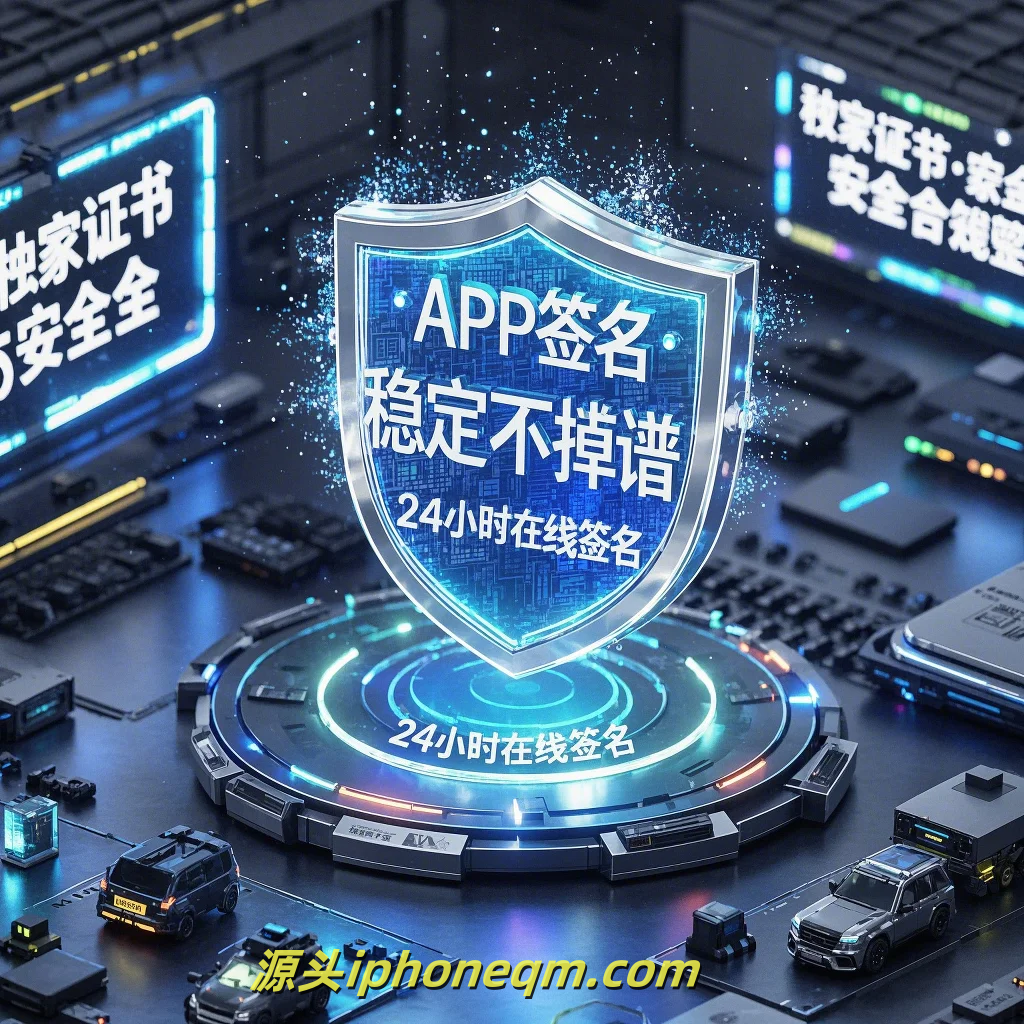
Furthermore, to distribute apps outside the App Store, developers should be aware of enterprise signing. This is particularly relevant for companies that want to deploy apps internally without going through the App Store. For enterprise apps, the same signing principles apply, but developers must also ensure compliance with Apple’s enterprise guidelines to avoid potential revocation of their certificates.
Lastly, always test signed apps thoroughly. Even after signing, a signed app can only run on registered devices when using development or ad hoc provisioning profiles. Make sure to test installation and functionality on various devices to ensure a smooth user experience.
In summary, understanding iOS app signing is pivotal for developers aiming for successful app distribution. From creating App IDs and obtaining certificates to generating provisioning profiles and signing apps in Xcode, each step is crucial to the overall process. By mastering these elements, developers can help ensure their applications are secure, functional, and ready for users, whether in the App Store or an enterprise environment.
扫描二维码推送至手机访问。
版权声明:本文由MDM苹果签名,IPA签名,苹果企业签名,苹果超级签,ios企业签名,iphoneqm.com发布,如需转载请注明出处。


